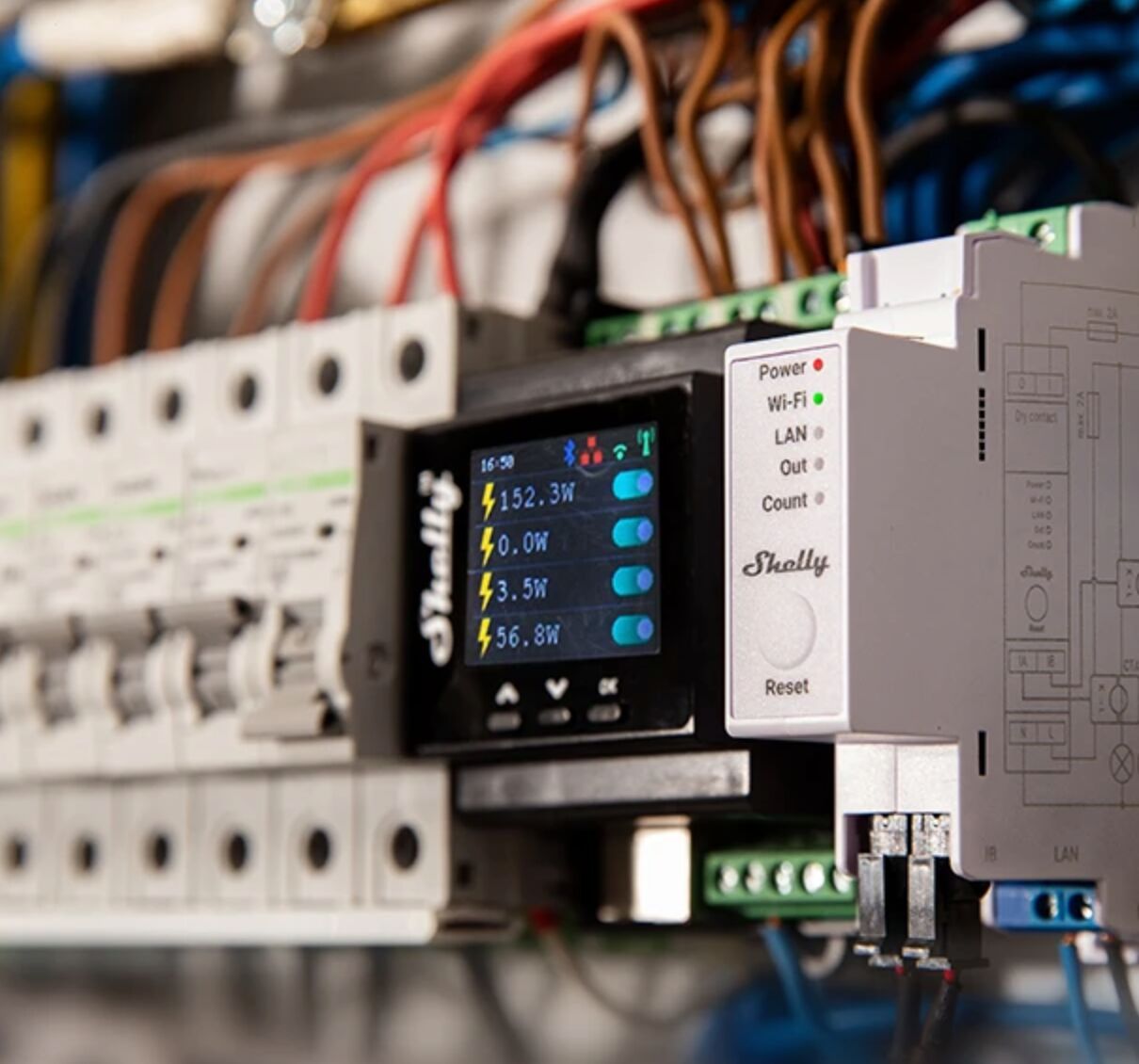How Cinemas Are Turning into Green Palaces for Films
• Space
Bild: Daniel Horn
The magnificently illuminated cinema facade of the 1920s and 1930s symbolized, on the outside, what could be admired on the inside: light turned into dreamlike images. And these palaces still shape the image of cinemas today.
However, they date from a time when energy was cheap and when people had no idea what the dramatic consequences of wasteful use of energy would, one day, be. After all, energy consumption is by far the biggest cause of climate-damaging emissions, alongside the audience's travel emissions.
Whether for economic reasons or reasons of climate and environmental protection, saving energy has become an urgent task for cinema operators.
Becoming a greener cinema: How to start
When thinking about making your cinema more sustainable, your resources determine the way to start: Cinemas in a leased building and businesses that do not have the financial resources for major investments can still make a difference with behavioral changes and smaller investments. Others have their own building and/or the financial resources to go beyond this and tackle the major emitters.
Even though initial costs are high, the necessary investments are worthwhile in the long term. Their savings potential is so considerable that they pay for themselves quickly. And some investments in combination can even lead to overall independence from energy suppliers.
In both cases, an energy consultation or even a climate assessment can help you find out where you stand. From there, it is easy to develop a strategy that will help you achieve your savings targets within a fixed time frame.
In this article, we will give a brief overview of the possible measures that have already been implemented by many cinemas. If you want to dive deeper into a case study, I recommend the article 8 Steps to transform cinema spaces for a greener future, featuring Depot Cinema and Kirchen bar in Lewes.
Small energy-saving measures in cinemas
- Many cinemas have already converted their lighting to LED. Improved options for dimming LEDs offer more application possibilities. Savings of 90% are possible compared to conventional light sources. The costs are therefore usually amortized within the first year.

- Switching off catering appliances, ventilation systems and lights is highly effective because it does not consume any energy. Paying attention to this is the task of the whole team and only works in cooperation with the employees. In some rooms, e.g. in toilets, sensor controls can regulate the lighting. Cinemas with a theater management system, like the Cinecittà in Nuremberg, Germany, may already be able to switch all devices on and off in a programmed manner. Some of this also works with the automation of Dolby servers, for example. Savings of around 15% of total electricity consumption are possible here.
- Consistent insulation of heating or cooling pipes is an often neglected measure against energy loss. Under certain circumstances, they can be quickly identified and easily insulated
- An inspection of the heating system can increase efficiency: Is hydronic balancing necessary? Is the heating sensor controlled? Is there a night mode? Hydraulic balancing, for example, not only leads to evenly warm radiators and thus to a balanced climate in the building, but also significant savings in heating costs. The costs of around € 400-500 for this measure would therefore pay for themselves in a short time, even without a subsidy. Savings of up to 25% are possible with older heating systems.
Big energy-saving measures in cinemas

- Ventilation consumes considerably less heating energy if the incoming air is heated with the stale air from the room. Such a ventilation system with heat recovery can also use the waste heat from the projection room or the kitchen.
According to the Casablanca Cinema in Nuremberg, Germany, thanks to the system, heating is only required at the beginning of the day, after which the waste heat from the audience and the technology takes over. Gas consumption has been halved as a result. However, as is always the case with ventilation, the costs for such a conversion are high. It is difficult to estimate the amount because the cost depends heavily on the premises. - Replacing a less efficient heating system saves thermal energy and money - ideally, a fossil-free alternative (e.g. a heat pump) can be used. Aurich Cinema, Germany, installed an air-heat pump in 2017 and operates it in combination with ventilation with heat recovery. The costs for an air or geothermal heat pump are between €10,000 and €12,000. There are also high installation costs for the geothermal heat pump. These can amount to a further €10,000. However, the latter is also a quarter more efficient. It generates 4 kWh of heat from one kWh of electricity. The electricity required for heat pumps naturally comes from a photovoltaic system at best.

- But before the heating is replaced, the building's insulation should be checked. Do the exterior walls need to be insulated and windows and doors replaced? The cost of insulation is around €90-130/sqm. The Babylon Cinema building (Yorck Kinogruppe, Berlin, Germany) was completely insulated in 2022. There are no current consumption figures yet, but such a measure can result in average heating energy savings of 20 %.
A green roof like the one on the 3001 cinema in Hamburg, Germany, provides additional insulation in both winter and summer and is also good for biodiversity. - For a long time, PV systems were not an efficient measure for cinemas, whose screenings mainly take place in the evening. However, in combination with a solar battery, the electricity produced can be stored during the day and consumed in the evening. Here is an example of the cost of a photovoltaic system with a size of 50 square meters: 10 kWp, 9000 kWh annual output. The investment for such a system is €12-15,000. A solar battery costs €1,000 per kWh (for more than 10 kWh)
There are already large PV systems on many cinema roofs in Germany. Thanks to the financing opportunities offered by cinema subsidies, there will soon be more. In a survey conducted by the FFA, 14% of all cinemas stated that they would invest in photovoltaics in the next two years. - The use of laser projectors saves energy - the larger the projector, the greater the savings compared to normal projection lamps. At Cinecittà in Nuremberg, Germany, upgrading to the latest generation of projectors has resulted in a 60% saving on the electricity used for projection.
Regardless of the specifics of each cinema - if you have the opportunity to purchase green electricity at your location, you can make a big difference in terms of climate protection with minimal effort.
There are many ways to save energy. This can be overwhelming at first. So it's worth making a plan. Where do I stand? What financial resources do I have? What could I achieve in a year?
At the end of the year, a review can show you where you may need to make adjustments. And above all, it shows what you have achieved. That's a good feeling - I promise!
The price estimates given refer to Germany. Prices can vary greatly depending on the country.
12.12.2023

Daniel Wuschansky
Daniel is the co-owner of the cosy arthouse cinema IL KINO in Berlin and project manager of the AG Kino Gilde e.V. project Kino:Natürlich, which aims to make cinemas in Germany more environmentally sustainable. more from the author


